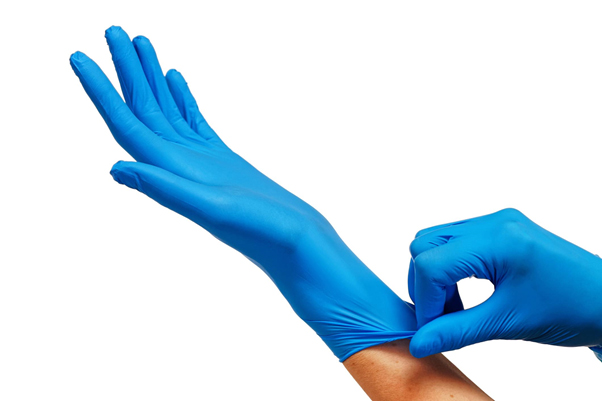
It is important to keep your precision balance clean at all times to ensure accurate weighing and user safety. Furthermore, regular cleaning will help extend the life of the weighing equipment as well as reduce the risk of cross-contamination.
When should the balance be cleaned?
Ideally, laboratories should have guidelines or SOPs to dictate how often a balance should be cleaned, depending on application, industry, and frequency of use.
If not, the general rule is to have the balance scale cleaned immediately after each use, or whenever there is a change of weighing substance, especially if it is a potentially toxic substance. This helps to avoid cross-contamination, as well as prevent exposure risk for the next person to use the balance.
What should be used for cleaning?
Some materials you may need to clean the balance include:
- A lint-free and non-abrasive microfiber cloth
- A soft bristle brush
- Tissue
- A mild cleaning agent
Most common commercially available cleaning agents or mild detergents should be suitable for cleaning your balance. Pick one that is able to fully remove contamination without damaging the equipment. You should also check the manufacturer’s operations manual for recommended cleaning agents.

How to clean your balance
Cleaning your balance does not need to be a difficult or time-consuming process. Here are 8 quick and easy cleaning steps.
1. Get ready
Before you start the cleaning process, make sure that you protect yourself by wearing appropriate personnel protective equipment such as goggles, coat and gloves.
Refer to the operating instructions on how to disassemble and reassemble the removable parts of the balance, and also check for recommended cleaning methods and agents.
2. Switch the balance display off
It is recommended that you unplug the power, although it is not necessary. Be careful not to tilt the balance sideways and do not unplug connected peripherals. Leave the balance in its normal operating position if possible.
3. Clean the area around the balance
It is a good idea to clean the area surrounding the balance as well, as there may be dirt or spillage of weighing substances. If possible, do this daily to avoid further contamination.
You can use a tissue or a soft bristle brush for this, and a mild cleaning agent if needed.
4. Disassemble all removable parts
With A&D Weighing balances, there is no need to unlock or unscrew for dismantling.
All you need to do is to remove the inner draft shield, followed by the weighing pan, sub pan, pan stem, draft ring and drip tray. Refer to your manual for more information.
5. Clean the balance
To clean and remove any spilt material on the surface of the balance, use a lint-free cloth with a mild cleaning agent. Remove powder and dust before sticky substances.
To remove powder or dust, use disposable tissue or a soft, bristled brush. Never blow at the equipment, as this could move the powder or dust inside the balance.
To remove sticky substances, use a damp, lint-free cloth with mild solvent – avoid abrasive materials.
Always wipe away from the hole in the middle of the balance. Be careful not to allow any substance to enter internal parts, and do not spray or pour liquids directly on the balance as this may damage the weighing cell or other essential components.
6. Clean the removable parts
Use a damp cloth or tissue with a mild cleaning agent to clean removable parts.
Parts that are stainless steel can be put into the dishwasher. If the application requires the equipment to be sterilized, place the parts in the autoclave.
7. Reassemble the balance
Ensure that the parts are correctly positioned and put back together, then switch the balance on and check that it is working as it should.
If it was completely switched off, you need to allow enough warm-up time before first use. Check the operating manual for the manufacturer’s recommendation.
8. Ensure the balance is ready
Before using the balance, ensure that the air bubble is in the centre of the marked circle. If it is not, take appropriate action to re-level.
Don’t forget to calibrate the balance with external weights or execute an internal calibration such as Automatic Self Calibration (ASC) if the feature is available. Once that is done, place a test weight on the weighing pan and run a routine test to check accuracy.
Finally, test accessories if required, e.g. make a test printout for printers.
A&D Weighing balances for easy cleaning and maintenance
A&D balances and weighing equipment are designed not just to be accurate, robust and durable, but also for easy cleaning.
To find out more about our laboratory balances and high precision weighing instruments, get in touch with our team today.

